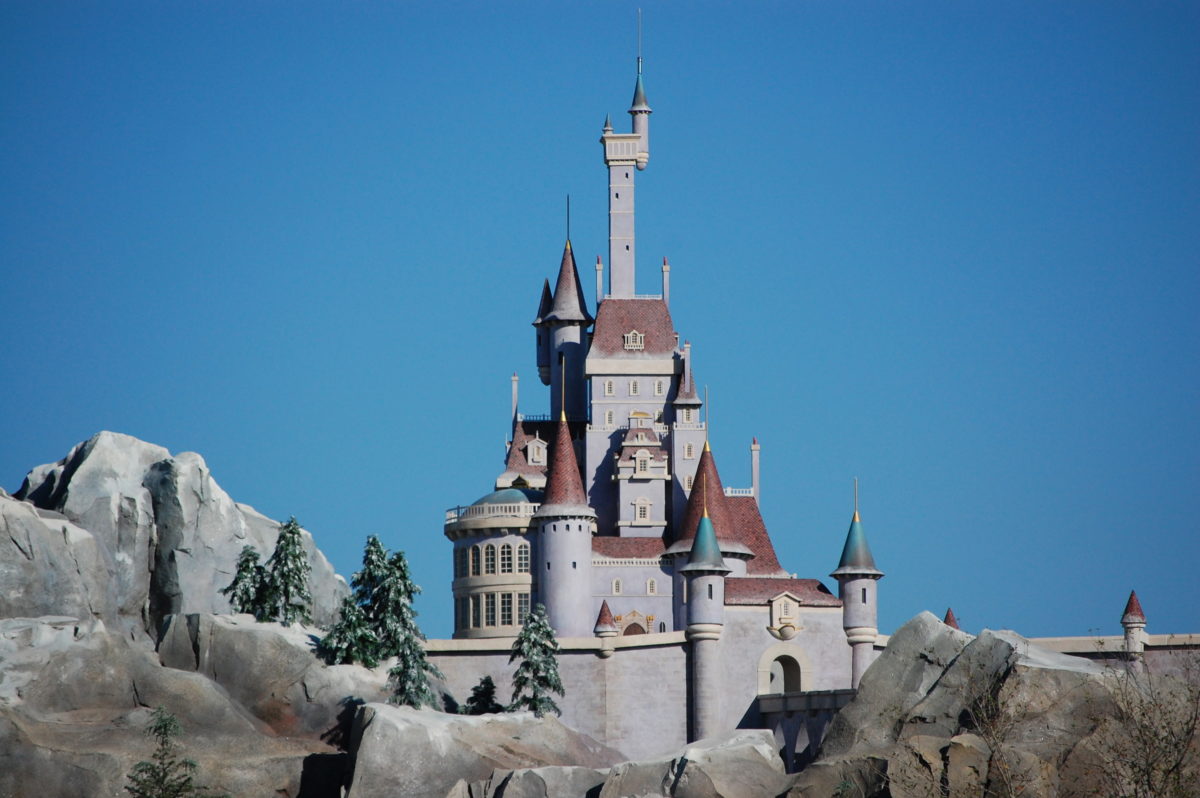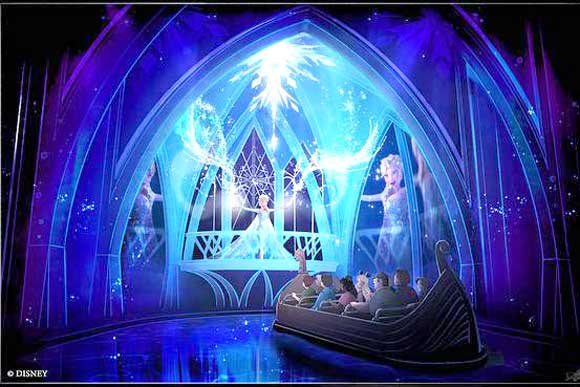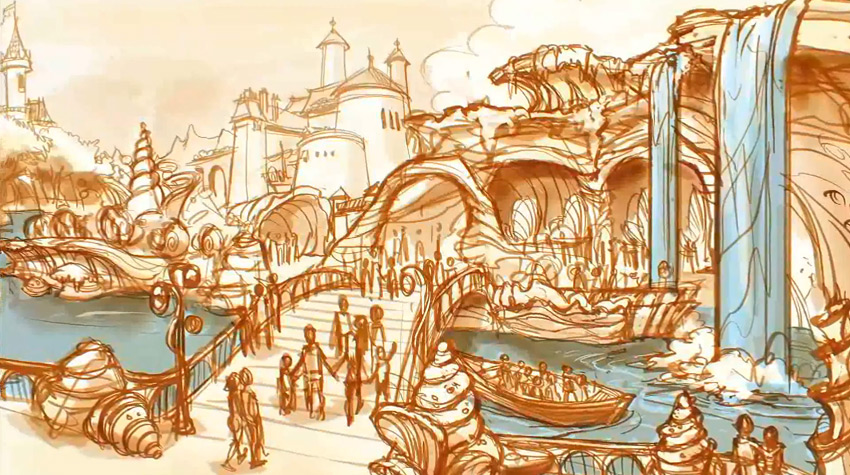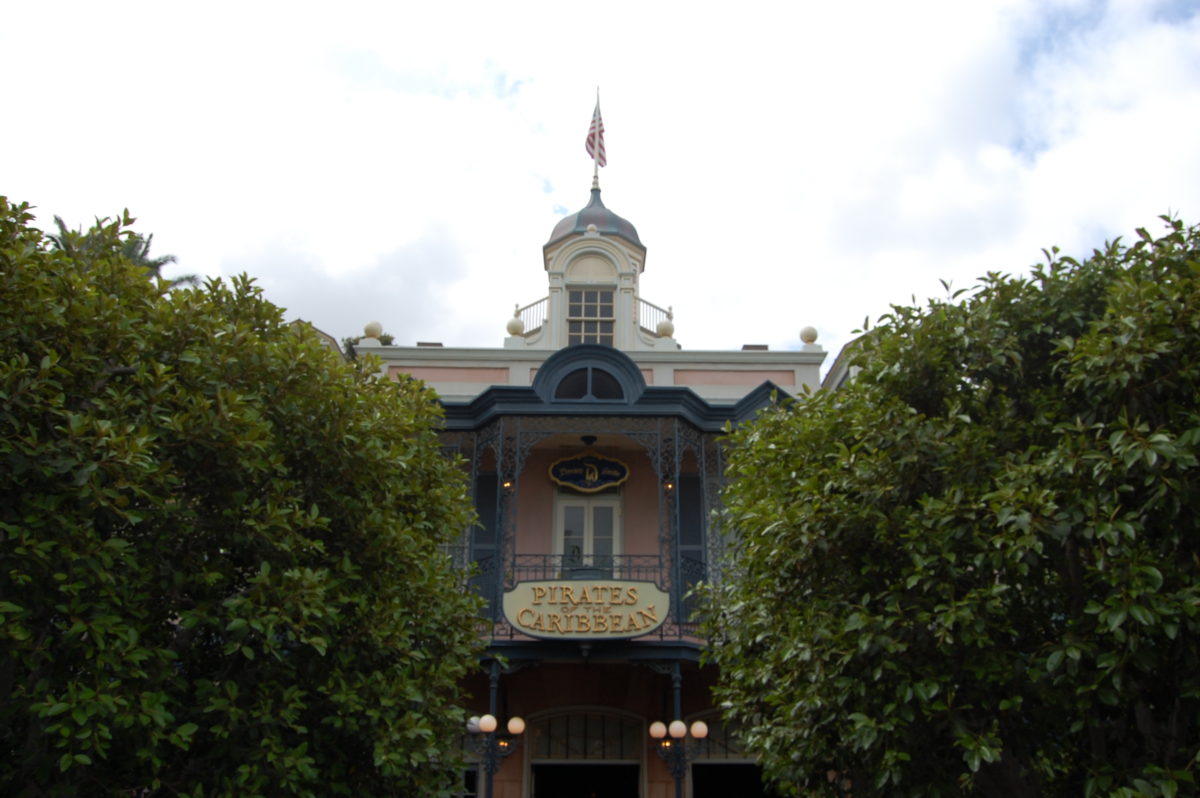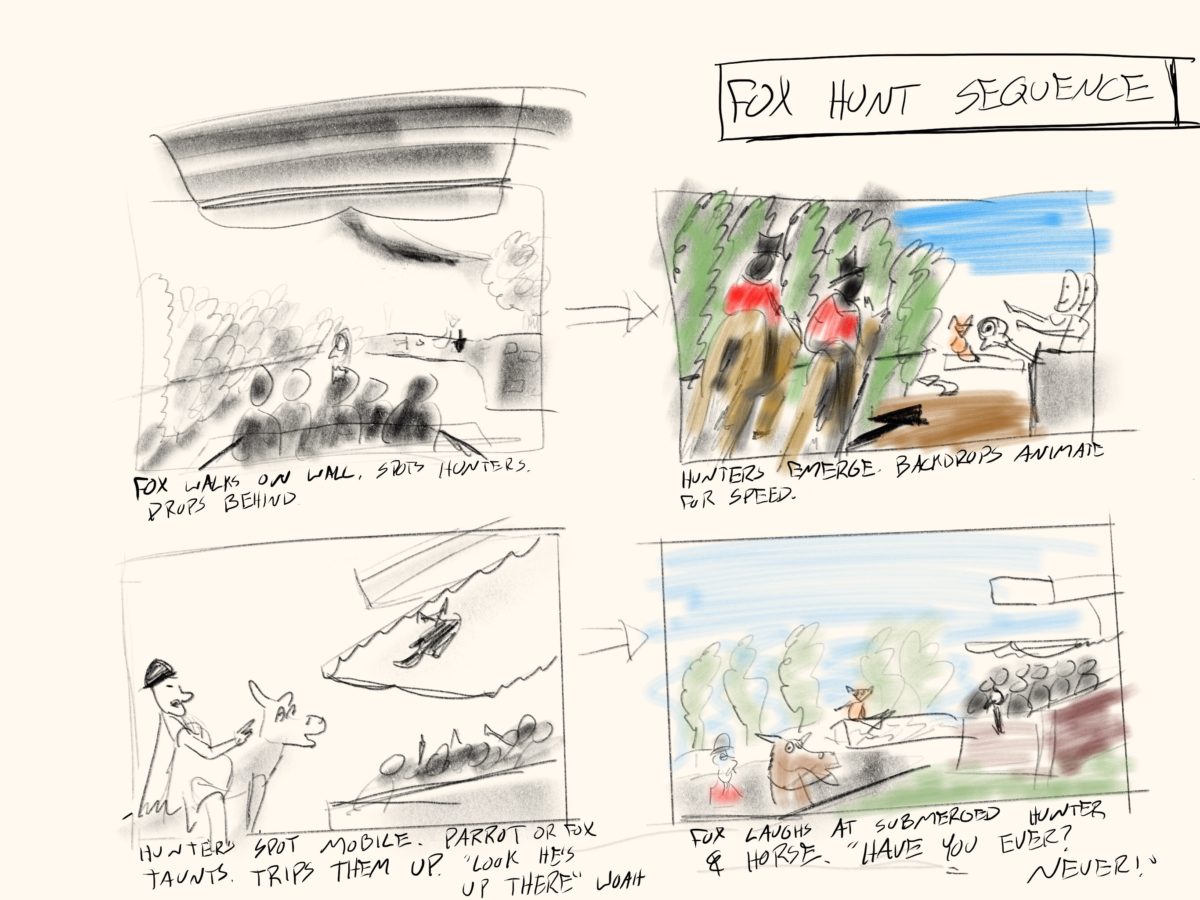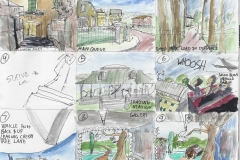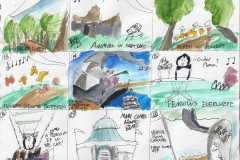Those of you that follow the blog know that accessibility to as many guests as possible is something I care a lot about as I wrote before in this article. The following was part of a late night tumblr post series.
Based on some quick research:
- 20% of America has some sort of disability.
- 20% of Americans are over 60.
- 20% have anxiety disorders
- 20% have chronic pain
- 5% is dependent on some sort of mobility device
- About 5% of women are pregnant at any time
- 30-60% of the population is in a body that a park might deem “too large”
Theme parks are for everyone, and if you’re not designing for this huge segment of the population then who the hell are you designing for? Everyone deserves to be able to have fun and do cool things. Doing the math – and assuming there’s significant overlap in the categories that means on any given day there are 40-70 THOUSAND people at Walt Disney World and maybe 15-24 THOUSAND people at Universal Studios that are probably not able to experience at least one, and likely more than one, attraction (assuming they don’t self select out and choose not to visit – which assuredly happens).
And a followup:
Yes there is always room for nuance but I have trouble with being the nuanced voice in the room on this topic because there are too many people, nearly all people, who will reply “but what about X, they just CANT be accommodated that’s impossible, that’s too much effort, that’s too small of a need” and when you keep following that logic that’s when you get a ride like like flight of passage which somehow got built without one stationary seat, or Potter which somehow got built while forgetting that tall people and people with 40 inch waists exist.
Yes it’s probably not safe to put a wheelchair on a rollercoaster but I’m also not sure there really has been much effort to try. Yes some rides inherently are very full of motion which might rule them out for some guests – but at the same time parks haven’t put much effort into making motion free versions – whether that’s alternate programming, or a walking path through a ride, before or after park hour tours of attractions, virtual reality recordings, etc.
For instance – tower of terror could easily be programmed for the drop sequence to be essentially just like a normal elevator – letting people who can’t tolerate drops, or have prosthetic limbs, etc experience the show scenes within. Just having this option say, once an hour, would be a huge improvement. Motion base rides like Indiana Jones and Dinosaur could easily have the motion base deactivated – will the ride be suitable for everyone then? No. But probably more suitable for more people if such an option was available.
And there’s room for priorities – there’s always going to be some condition, some edge case, that is impossible to foresee, or would just cost so much money as to make impossible. But the problem is now much of the time theme parks act as if there are no conditions or edge cases at all. And frankly if you’re gonna spend a billion dollars on an attraction and you pride yourself on doing the impossible it’s hard to find any excuse for not making sure there’s room for everyone. Yet, often the attitude seems to be: If you don’t fit the mold of a plastic dummy that describes an average human that no longer exists tough shit. Yes focus on the most common accessibility needs first, but that doesn’t mean stop at item 1.
I know too many people for whom almost nothing at a theme park is open to them – they pay the same price of admission as anyone else but with a quarter or less of the experiences available. I’ve seen too many people get so excited about seeing something only to be crushed when they find out the park didn’t think about them – didn’t consider the fact they existed. I’ve personally experienced the shame and humiliation of barely fitting in a seat and being forced into it. I know too many people with disabilities who’ve been left out entirely. I can’t in good consciousness gush about how amazing theme parks are to my friends when I know that so much of what I gush about they can’t experience. And it’s hard to find much room for nuance in those moments.


